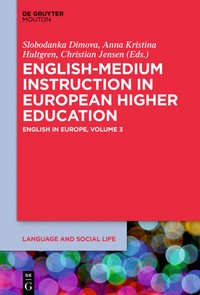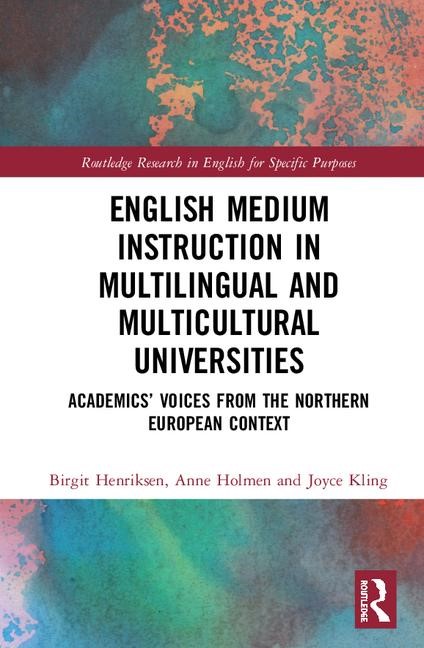What is EMI?
English medium instruction (EMI) refers to teaching and learning other subjects (e.g., math, geography, economics) in English. EMI has been broadly conceptualized to include all educational levels (elementary, secondary, tertiary) across Anglophone and non-Anglophone contexts. EMI and CLIL (content and language integrated learning) have been used interchangeably in many research contexts.
We take a narrow definition of EMI that refers to teaching and learning in English at non-Anglophone higher education institutions in geographical regions where English is not the dominant language. Therefore, most participants in EMI are users of English as an additional language. In EMI, English is used for instruction of disciplinary content in study programs where language development is not an intended learning outcome. Although the term EMI emphasizes the role that English plays in tertiary education, universities are viewed as multilingual sites in which multiple language resources contribute to teaching and learning.
Based on this definition, a distinction exists between EMI at non-Anglophone universities and EMI in branches of British, North American, and Australian universities in regions were English is not a dominant language. The definition also distinguishes between EMI and CLIL. While EMI focuses primarily on teaching and learning content, CLIL includes language learning outcomes.



